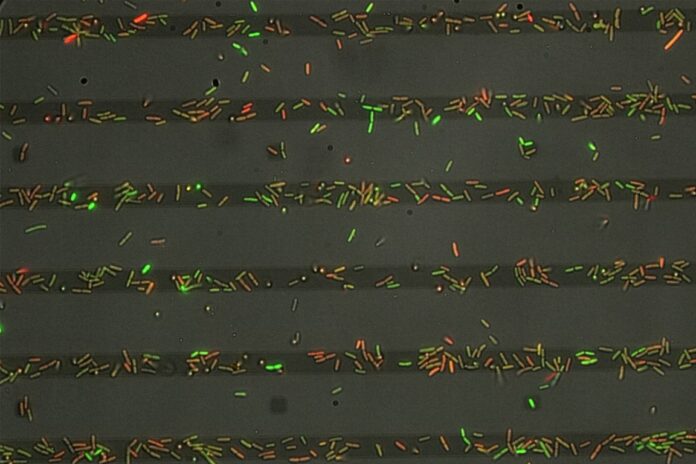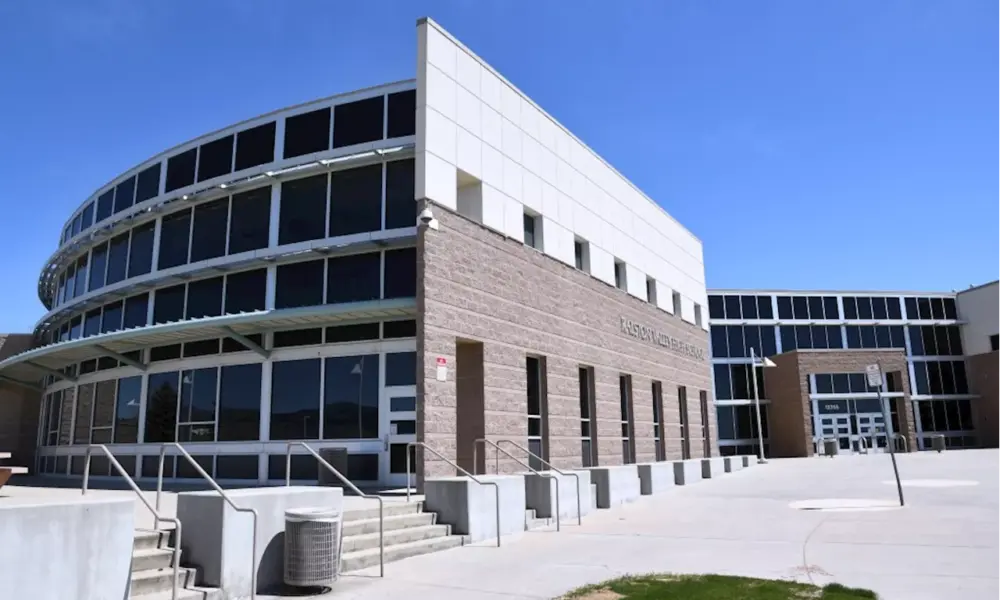URGENT UPDATE: A groundbreaking study has just been published revealing how Pseudomonas aeruginosa, a major antibiotic-resistant pathogen, uses its pili to detect sugar trails during biofilm formation. This critical research, appearing in Nature Microbiology, sheds light on the mechanisms behind biofilm development, which poses significant risks to human health, particularly for patients with cystic fibrosis.
In a significant leap for microbiology, researchers from the UCLA Samueli School of Engineering discovered that Pseudomonas aeruginosa employs type IV pili and specific adhesins to sense extracellular polysaccharide (EPS) trails. These findings were made possible through advanced methodologies, including longitudinal cell tracking and genetic mutations targeting EPS binding. The study indicates that these interactions generate vital chemical signals that guide the bacteria’s behavior in biofilm formation.
According to Gerard Wong, PhD, a lead researcher, “People have thought of pili mostly as appendages for moving around. It turns out they also act as sensors that translate force into chemical signals within bacteria.” This revelation could pave the way for innovative treatments targeting Pseudomonas infections, potentially reversing biofilm formation even after it has begun.
The implications of this research extend beyond medical applications. Biofilms are notorious for clogging pipes, fouling filters, and even encrusting ships at sea, costing industries billions. The researchers are now exploring how to make surfaces “invisible” to bacteria, potentially addressing these pressing issues.
The study’s findings are timely, as Pseudomonas aeruginosa is listed among the WHO’s priority pathogens, highlighting the urgent need for new solutions to combat this strain. The researchers are also investigating the diverse range of sugars that these bacteria can sense and how surface shapes affect their movement.
Moving forward, the team aims to build on these insights to develop strategies that could render Pseudomonas more susceptible to antibiotics, making infections easier to treat. “We can envision building on these results to influence the bacteria’s behavior,” said William Schmidt, PhD, emphasizing the transformative potential of this research.
Stay tuned for further developments as scientists continue to unravel the complexities of bacterial behavior and look for ways to combat biofilm-related challenges in both healthcare and industry. The urgency of this research cannot be overstated, as it may lead to significant breakthroughs in fighting one of the most formidable threats in modern medicine.







